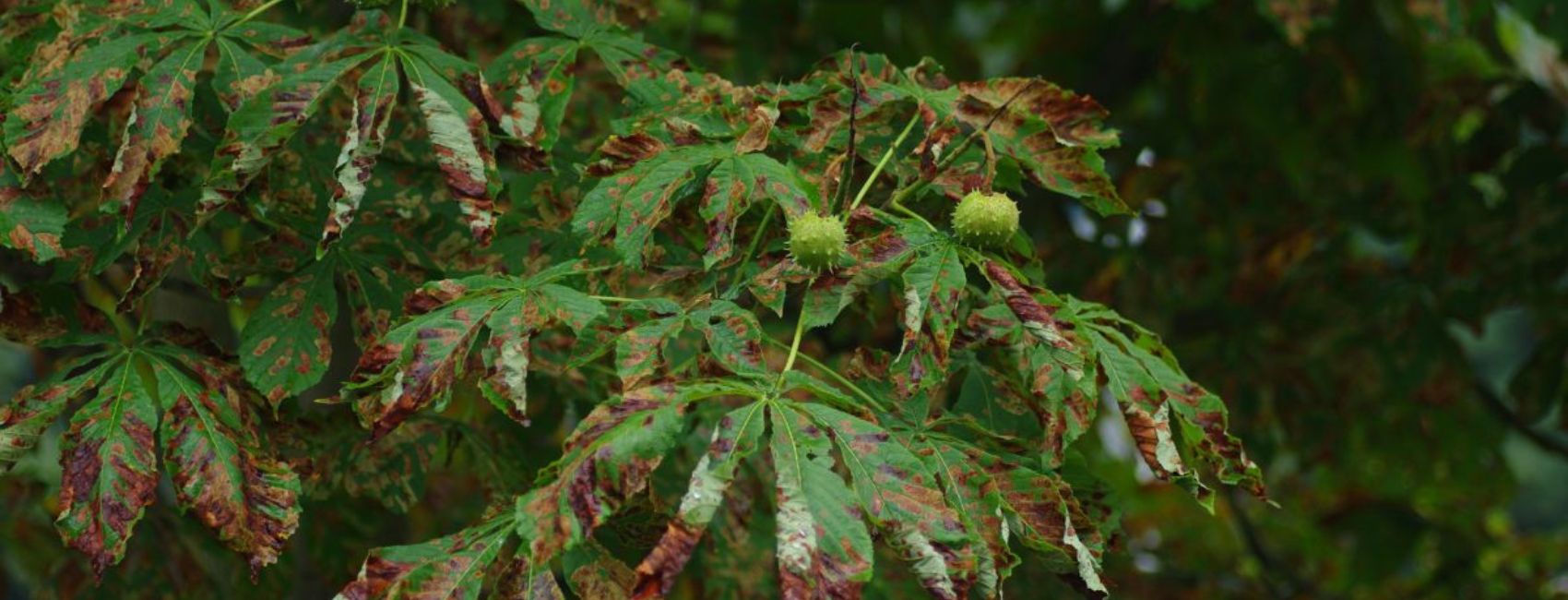Tree Injections
Without knowing what to look for, it can be difficult for a homeowner to know if a tree is lacking the nutrients to be thriving. There could be a chance it is being taken over by fungus or an invasive species within it’s circulatory system. In many cases it does not start to show signs…
William Gambone
Without knowing what to look for, it can be difficult for a homeowner to know if a tree is lacking the nutrients to be thriving. There could be a chance it is being taken over by fungus or an invasive species within it’s circulatory system. In many cases it does not start to show signs of damage until it is too late. If you are looking to save the tree, we offer an array of microinjections that can help rid them of their internal destroyer faster than any other method on the market.
Throughout this process, it is important to apply the injections at the correct time of the season in order for them to take their full affect. This is especially important if the injection needs to penetrate the trees crown during bloom. One great thing about microinjections depending on the brand being used, each dose is typically pre-measured eliminating overdosing to the tree. This method can also help ease homeowners fears of it effecting other plants, trees, and shrubs on their property. This procedure is key for preventing leeching into ground water, spray drift causing harm to surrounding plants and animals, and long drying times, this is no longer a worry with microinjections.
Most injections are drilled into the tree’s xylem tissue which is typically 1/4”-3/4” deep. The specific type of drill bit used on most injections allow for the tree’s wound to heal with little damage. Just like nutrients for humans would transfer more quickly thorough IV’s, this is similar to how injections in the trees circulatory system works. Boring pests, insects, and fungi can destroy a tree very rapidly from the inside out. It is imperative the tree get injected right into the heart of the living system where the insects and fungi are feeding and spreading. February and March are typically the best time to inject, before the leaves start. This allows optimal time for the injection to spread throughout the trees circulatory system. Some believe this is the only way to rid trees of the devastation caused by non invasive species. Soil injections can sometimes take up to sixty days to work leaving ample opportunity for the borer or fungi to destroy.
There are two different types of injections, Macroinjections and Microinjections.
It is important to note that Macroinjections are typically only meant to control diseases, not cure them. Just like in people, when an antitoxin is introduced a tree will retain it forever. The real difference between the macro and micro injections is the amount of active ingredients and water added to the solution being distributed to the tree, some believe the large amounts of water also helps in the tree’s recovery time. Macroinfusions allow for instant kill of the pest. Other disease such as Dutch Elm disease and Oak wilt are both vascular fungi, this unfortunately requires a larger hole to be drilled at 15/16” and a pressurized hose to be placed into the tree for quick circularity distribution. It is important to note this tree infusions are not given without an arborists recommendation, these are very serious chemicals that can do more harm than good when not properly distributed.
Another step in this process is soil testing, if there is a specific fertilizer or nutrients that are lacking, it is important we pin point them as to not cause further damage. It wouldn’t be necessary to give every tree an antibiotic for something it may or may not have, especially if it can deplete the tree of certain nutrients it may need further down the line to thrive. If you are looking for tree health care, contact us today to schedule a visit with our in house tree Doctor.

William Gambone
With almost 40 years of success in the tree care industry, it is evident that Bill’s passion extends beyond just the trees. He takes great pride in building relationships within the community, making B.G.





